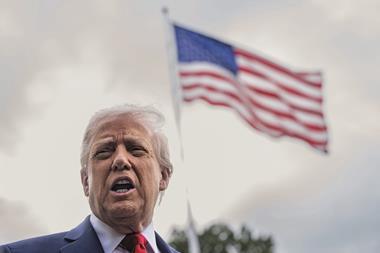EUROPE – Danish pension funds are willing to take on a wide range of risks when it comes to investing in greenfield infrastructure projects but the government should in return ensure a stable and favourable regulatory framework, ATP has said.
Speaking with IPE, Ulrik Dan Weuder, head of infrastructure at Denmark's DKK600bn (€80.5bn) pension fund, said that most pension schemes in the country are ready to assume risks attached to greenfield infrastructure projects, including the construction risk.
"However," he added, "one of the risks that pension funds are not well equipped to take is regulatory risk, simply because pricing that risk is expensive."
He went on to say that if politicians decide in the future to change the regulatory framework in place, then the cost incurred by pension funds could potentially be "very high".
"Unfortunately, it has been seen that governments are challenging their own regulatory systems, as has recently been the case in Spain, Italy, Greece and Belgium," Dan Weuder said.
"Everything is about risk sharing, who is best placed to take these risks. In the future, regulatory risk premiums for the private sector will be much higher and therefore should be taken by the public sector."
Those countries have revised their framework in recent years, more especially in the renewable energy infrastructure space, cutting their Feed-in-Tariff (FiT).
This FiT determines the cost-based price investors are paid for providing the renewable electricity via the infrastructures they have invested in.
ATP's comments come after the publication earlier this month of a report commissioned by five Danish pension funds – ATP, PFA, PKA, SamPension and PensionDanmark – looking into the funding of public-private partnerships (PPPs).
The five schemes, which already set up a working group last autumn to report on the organisation and funding of public infrastructure projects, said they hoped the report would help "pave the way" for new investment opportunities.
In his interview with IPE, Dan Weuder insisted that the report was all about quantifying risk and then defining who was best placed to cover the risk at the lowest cost possible.
"If the risk is cheaper for the private sector to carry, then the private sector should carry it," he said. "That's how you create efficient and optimal PPP projects."
Respecting the Green Paper on Long-Term Investing, released earlier this year by the European Commission, he stressed that the main issue with the EU was the lack of harmonised rules, with the 27 member states having all different frameworks.
"We hope there is a greater awareness in those member states around how much regulation affects institutional investors willing to invest in their own countries," he said.












